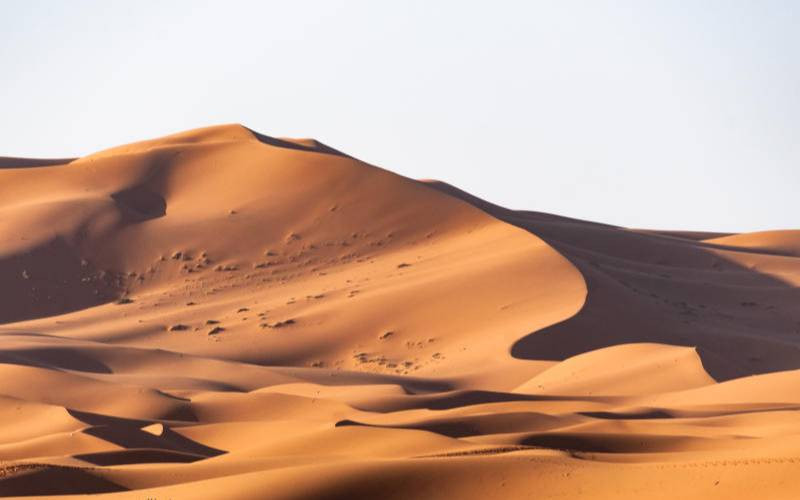
A lack of curiosity should be declared a national disaster. Curiosity is lacking not just in classrooms but everywhere. Could too much information online and the thinking that, I will "google it" be muting our curiosity? Have other observers noted the same or it's my Mwalimuness?
A lack of curiosity is found even on flights. Why sit by the window on a plane and then sleep all the way? Why not let those curious sit there, take photos and admire the planet from above? Even for regular fliers, there is always something new to see.